So, how do you help your users win from day one and make it easy for them to succeed? The clear answer: Set up a strong customer education program. I’ll explain what customer education programs look like, why you should have one, and share some great examples.
Table of Contents
What is a customer education program?
A customer education program is your game plan to give customers the know-how and skills they need to get the best results from your products or services and reach their own goals. The main point is to make users better at using your offerings and happier with it by providing learning materials that are easy to find and use. You want to move from just fixing problems as they come up to getting ahead of them.
To build a program that works, I recommend focusing on these key parts:
- Interactive tutorials. Make tutorials that clearly show your product in action.
- Help with tricky features. Offer simple, step-by-step instructions for the more complicated parts of your product.
- Real-world examples. Show the different ways your product can solve everyday problems, helping customers see how it meets their needs.
- Good support materials. Offer a helpful library with core components like FAQs, detailed knowledge bases, how-to videos, audio guides, organized courses, and maybe even official certifications.
I like to think of a good customer education program as the best, most interactive user guide you can offer. It’s designed to answer most questions before they even get asked, from when a user first starts to when they’re using advanced features.
This doesn’t just make customers happy — it helps your business too. In fact, companies with a customer education program saw their revenue increase by up to 18%. Basically, a program like this makes things better for everyone and helps your bottom line.
If you’re looking for tools to help with this, check out our list of top customer onboarding tools.
12 Reasons to Build a Customer Education Program
Putting effort into customer education isn’t just another cost; it’s a smart way to grow your business for the long haul. The benefits are clear and can solve many common problems, especially for startups.
Here’s how I’ve found a dedicated customer education program can make a difference:
1. Get people using your product faster and more.
When customers understand your product, they use more of its features, more often. This is key for them to see its full worth. The numbers show that customer education programs typically boost product use by a strong 38%.
2. Keep more customers and build strong loyalty.
When you help customers learn and succeed, they stick around. Companies using customer education programs have seen customer retention go up by as much as 56%.
3. Lower support costs and help your team do more.
When customers can find their own answers, you get fewer of the same basic questions. Companies that invest in customer education programs can see up to a 40% drop in support ticket volume. This lets your expert support staff focus on the tougher problems.
4. Make customer onboarding faster and easier to scale.
Good education makes your onboarding process smoother and the same for everyone. This is really important as you get more users. Your new customers will understand things much faster.
5. Increase customer lifetime value (CLTV).
When customers stay longer and use your product more, their lifetime value goes up. Educated, happy customers are more likely to stick with you and buy more or upgrade. This directly affects CLTV.
6. Make customers happier and get better feedback scores (NPS/CSAT).
Users who feel good about using your product will give you better ratings. On average, companies see a 26% increase in customer satisfaction after starting a customer education program. And remember, 80% of customers say the experience a company gives is just as important as what it sells.
7. Get an edge over competitors.
A good customer education program can make you stand out. It shows you care about customer success and can set your business apart.
8. Grow naturally and get more word-of-mouth.
Customers who really know your product often become your biggest supporters. They’ll tell others and help build a positive user community. Think about this — according to a Salesforce study, 75% of customers have recommended a company for its excellent customer service. Focus on the customer experience, and the referrals will come.
9. Help marketing and sales work better together.
Your learning materials are great for your sales team. And what you learn from your customer education program can help your marketing team do a better job, making sure everyone’s sending the same message and delivering what was promised.
10. Help customers realize value faster (Time-to-Value or TTV).
Good education helps customers see results and your product’s value more quickly. This is super important for keeping them from leaving early and making sure they stay engaged.
11. Find new ways to make money and create upsell opportunities.
As customers get good with your main product, your education program can show them the value of extra features or services. In fact, 83% of business leaders look to customer education programs to help increase upselling and cross-selling opportunities.
12. Create smarter, more engaged users.
When customers understand why your product features work the way they do, not just how, they use it better. They provide more helpful feedback and become stronger parts of your user community.
Real-World Customer Education Examples You Can Use
Many top companies use customer education to make things better for users, to get them using their products more, and to grow their business.
I’ll share a few good customer education examples out there today, and what your business can learn from them
1. HubSpot Academy: Using education to grow.
HubSpot is a big deal in CRM, and the HubSpot Academy is a top-notch free online learning resource. There are tons of courses and certifications, not just on the HubSpot suite, but also on important business stuff like marketing, sales, and customer service. By early 2024, HubSpot had certified over 200,000 people. This focus on learning is a big reason HubSpot made $2.17 billion in 2023 and has such a loyal following.
I have personally taken courses through HubSpot Academy, and I appreciate the combination of video lessons, quizzes, and the rich resources and links shared with each lesson.
What you can learn: HubSpot Academy shows how giving away really valuable free education can bring in leads, make you look like an expert, and build a strong group of skilled users. I think this approach proves that customer education should be a key part of your marketing and growth plans.
2. Canva Design School: Making education part of the experience.
Canva made design easy for everyone. A big reason for this is Canva Design School, which offers free courses, helpful tutorials, and lots of resources. These help users make professional-looking designs fast, even if they’re not designers. I was impressed by the results — by February 2024, over 60 million students and educators were using Canva, twice as many as the year before.
As a Canva user myself, I know their tutorials have helped me discover and leverage features I might have missed otherwise.
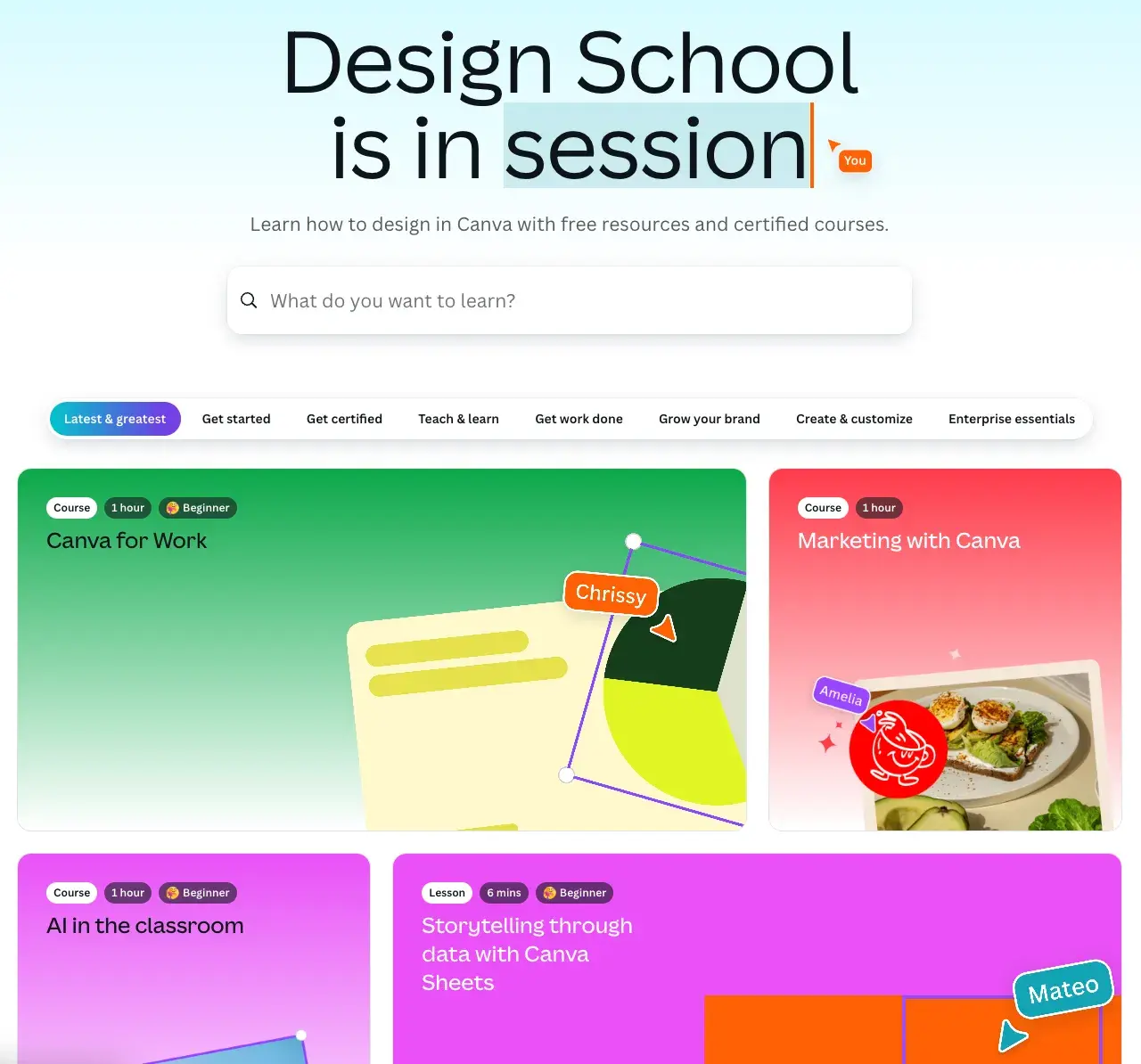
What you can learn: Canva is great at showing how to build education right into the user experience. By focusing on quick, easy wins and helping users who might be new to design, they give people an immediate feeling of success. This makes them want to keep using the product and learn more.
3. Google Skillshop (prev. Digital Garage): Broader skills to build authority.
Google’s Skillshop aims to help people everywhere get better at digital skills. It offers free online courses and certifications in important areas like digital marketing and online business. Since it began in 2015, the Skillshop has trained hundreds of thousands in digital marketing, career skills, and data basics.
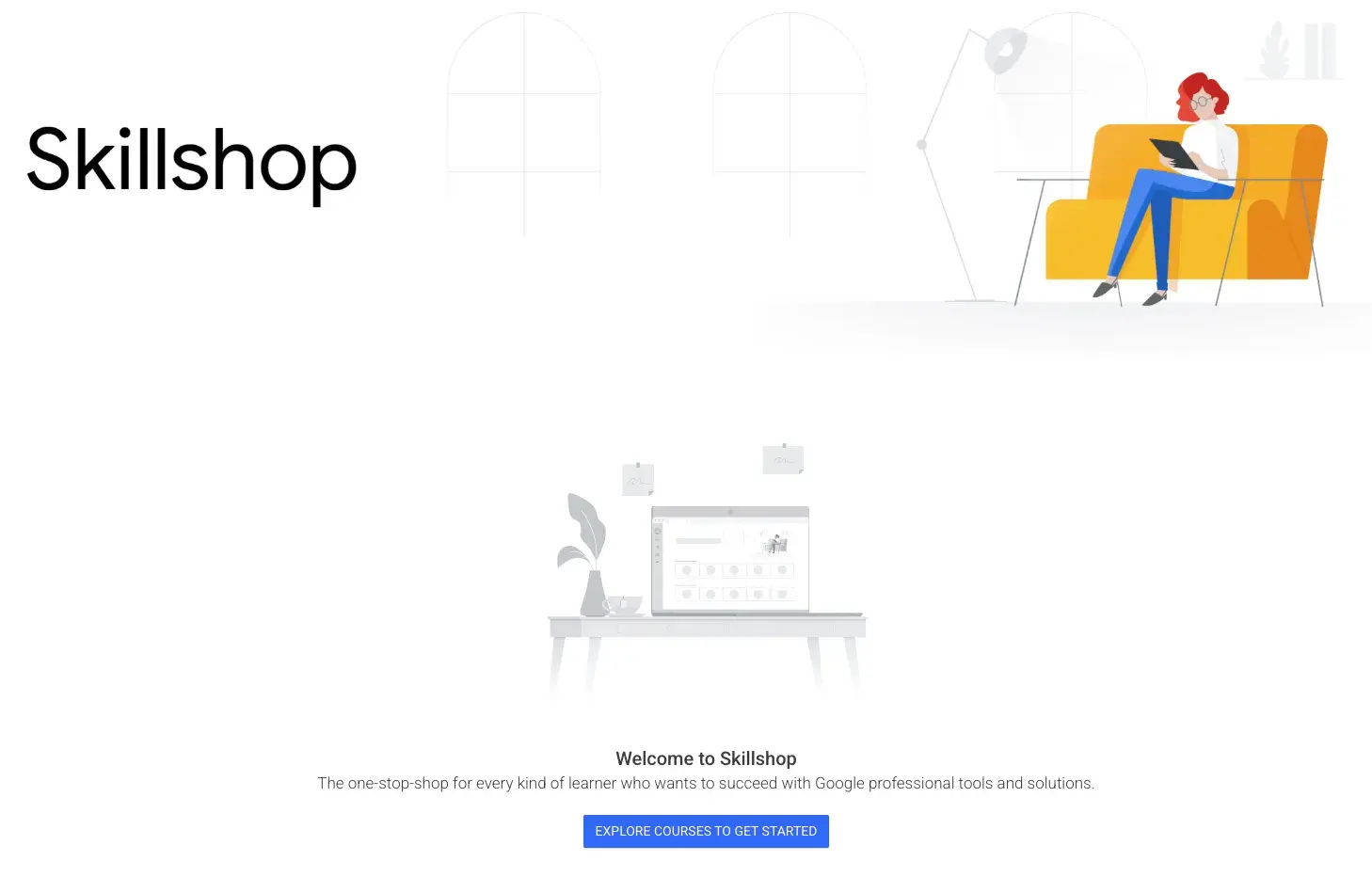
What you can learn: I’d encourage you to think about teaching your audience skills that go along with your product, not just about your specific product itself. This can bring in a much larger audience and help your company become more known as an expert. Google Skillshop also shows how working with partners can help you reach more people and have a bigger impact.
4. Airtable Academy: Customizing learning for different user needs.
Airtable is a flexible tool for building apps and managing data. To help users make the most of it, they have Airtable Academy. This free learning program has learning paths for different roles, full courses, quick guides, and certifications. The active Airtable community often shares tips, which shows users are involved in their academy and solving problems.
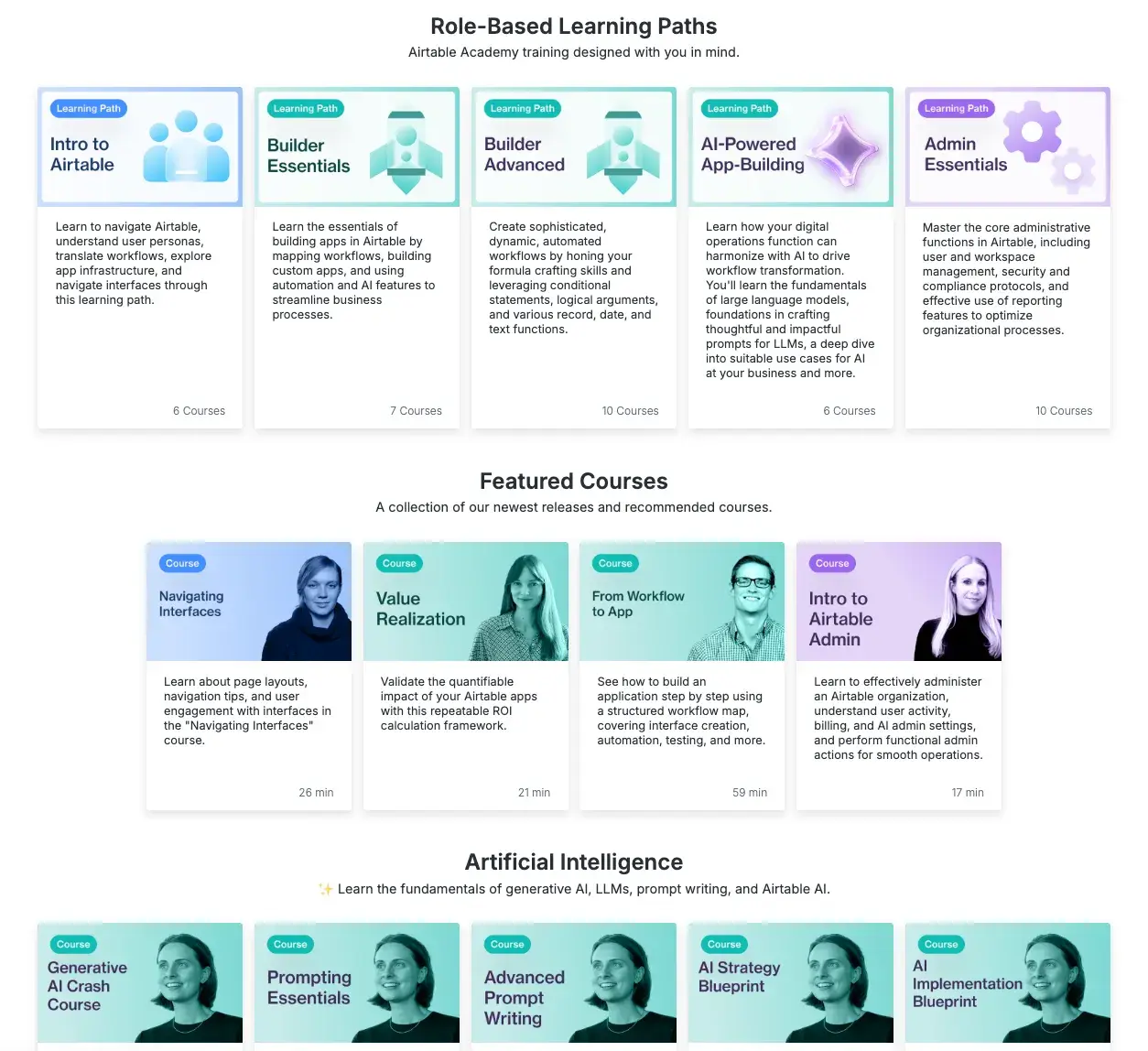
What you can learn: If your tool can be used by different kinds of people for different things, I find offering specific learning paths for those roles is a smart idea. Making all your learning materials free and easy to get to, like Airtable does, makes it much easier for people to start using your product and find the help they need, quickly.
Tips for Starting a Great Customer Education Program
- Know why you’re doing it (clear business goals).
- Really understand your learners.
- Focus your content and pick smart ways to share it.
- Work together across teams.
- Keep checking, learning, and improving.
Building a customer education program that really works takes good planning and steady effort. Here are my five straightforward tips to get you on the right track.
1. Know why you’re doing it (clear business goals).
Don’t just create learning content because it seems like a good idea. Connect your program’s goals directly to what your business wants to achieve. Are you trying to keep more customers, get people to use certain features more, or cut down on common support questions? Decide what success looks like with numbers you can check.
2. Really understand your learners.
Make detailed descriptions of your typical users. What are their jobs, what do they already know, what are their biggest challenges, and how do they like to learn (videos, articles, interactive lessons, webinars)? Make your content and how you share it fit their needs. Knowing your different customer groups is key to making education work well.
3. Focus your content and pick smart ways to share it.
You don’t have to build everything all at once. I suggest starting with the basics that solve the most common problems. This usually means “getting started” guides, a good, easy-to-search knowledge base, or a few short, helpful how-to videos.
Think seriously about using in-app messages for help right when and where users need it. Looking forward, 47% of education teams plan to use microlearning — which means short, easy-to-digest content.
4. Work together across teams.
Your customer education program will be much better if it’s a group effort. Get your sales, marketing, product, and support teams involved in planning and creating content. I guarantee their different ideas will make your learning materials more useful and complete. Plus, they can help tell your customers about these great resources.
5. Keep checking, learning, and improving.
Launching your program is just the start. Always get feedback from users and keep a close eye on key numbers like how many people finish courses, if support tickets for topics you covered go down, and if people are using your product more.
Use this information to keep making your content, your methods, and your whole program better. Trust me, it’s worth the effort — 96% of companies say they’ve gotten their money back from investing in customer education.
Customer education is key to business success.
As you can see, there are many ways you can implement customer education, from an academy of dedicated courses to microlearnings in app. In my opinion, the important thing is that you provide some sort of customer education, so that means your choice will depend on your offering, your customers, and your business goals.
Putting effort into customer education directly contributes to building a stronger, more lasting, and more successful business. And in today’s world, where 88% of customers said that great service is more important than ever, I believe helping them learn is one of the smartest things you can do.
Editor's note: This post was originally published in October 2018 and has been updated for comprehensiveness.
Customer Success
.png?width=112&height=112&name=Image%20Hackathon%20%E2%80%93%20Vertical%20(67).png)
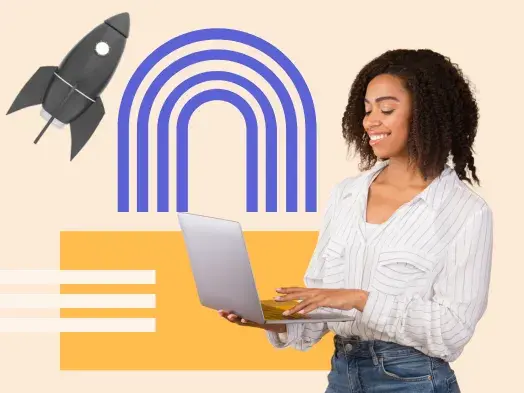
.png)
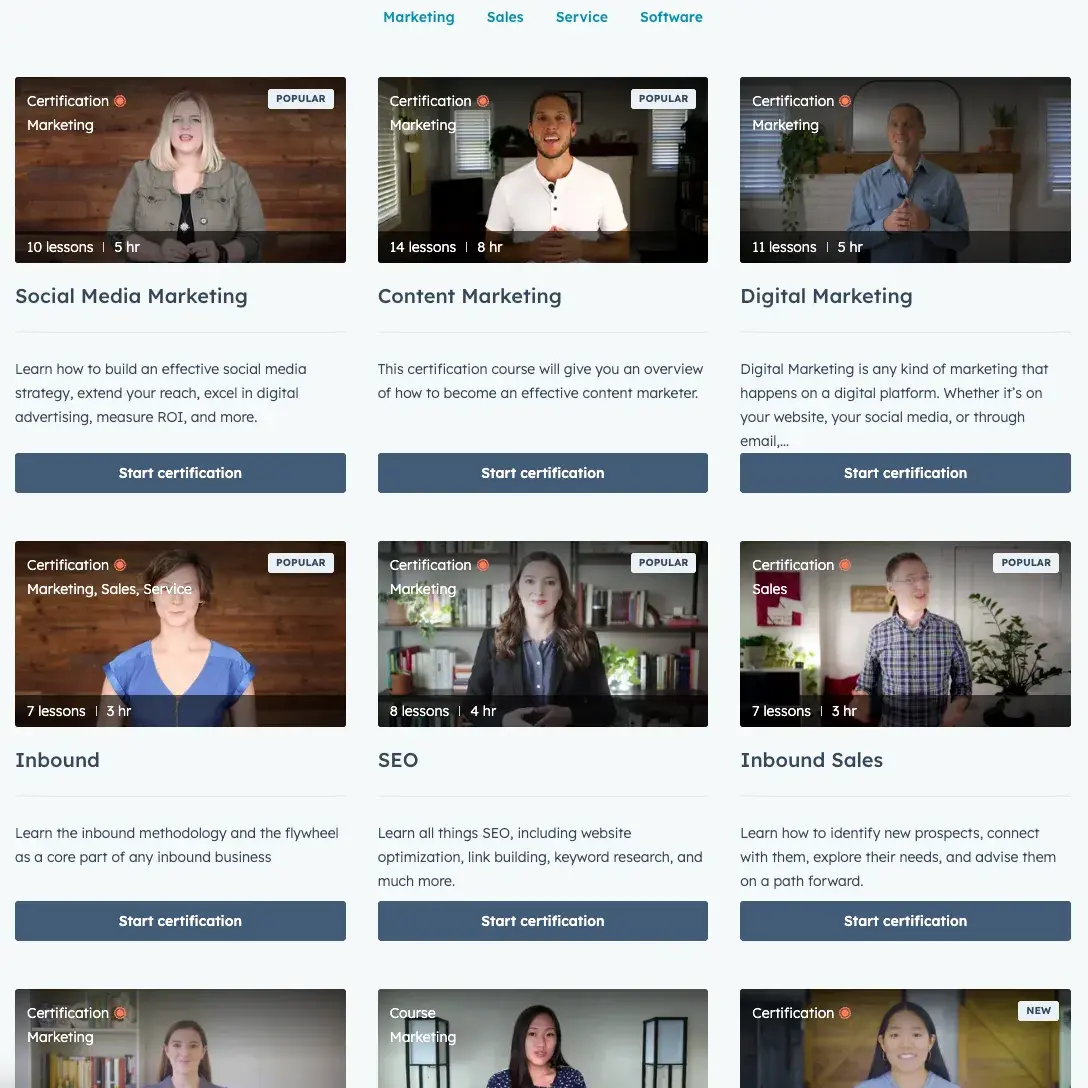
![How To Write a CSM Resume [+ Free Templates]](https://53.fs1.hubspotusercontent-na1.net/hubfs/53/customer-success-manager-resume-1-20241031-2293336.webp)








